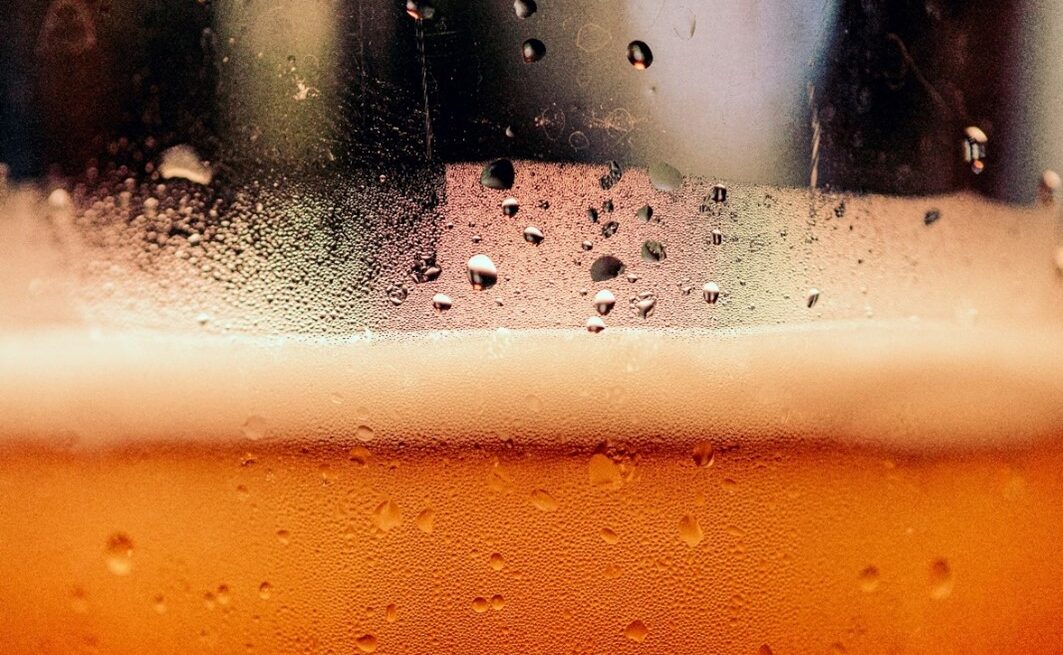

Nitrogen & Carbon Dioxide: Food and Beverage Superstars
Without the aid of atmospheric gases, the food and beverage industries would encounter many operational challenges. Brewed beverages would be flat and lifeless, transferring food would be nearly impossible, shelf life would be minimal, and producers and distributors would have significant disposal costs. Lucky for us, atmospheric gases like nitrogen and carbon dioxide provide the attributes we need to keep beverages bubbly and food safe and fresh.
Nitrogen and carbon dioxide play significant roles in food preservation and transportation. Both gases prevent oxygen exposure (which causes unhealthy compounds, unpleasant tastes, and odors) by displacing oxygen in food packaging. Nitrogen improves freezing and refrigeration techniques, and dry ice (frozen CO2) keeps food cold and prevents insect infestation in grains and farm products. Both gases are also used to infuse bubbles into beverages like coffee, beer, and soft drinks.
Nitrogen
Nitrogen (N), a colorless, odorless, tasteless gas, is the most common element in our atmosphere at 78%. Nitrogen is an inert gas, which means it will not react with prepared food materials. Nitrogen gas can be used as an alternative to CO2 in food packaging, brewing and wine making.
Modified Atmospheric Packaging (MAP), also known as reduced oxygen packaging, is a blend of carbon dioxide, oxygen and nitrogen that is used to preserve fresh produce, for sparging and brewing applications, for blanketing and purging after packaging, and protection against oxidation. Moisture inside of packaged food invites unwanted bacteria, mold, and mildew, which is why nitrogen is used to displace oxygen and lock out moisture.
Nitrogen is also used as a carbonator in specialty beverages, as it produces a different type of carbonation than carbon dioxide. Carbon dioxide is 50 times more soluble in water than nitrogen, creating larger bubbles for extra fizziness. Nitrogen produces less aggressive bubbles for a finer taste. It’s used for nitro brew coffee, kombucha and teas, and some craft beers and sodas.
Carbon Dioxide
Carbon dioxide (CO₂) is a colorless, odorless gas that naturally occurs in the earth’s atmosphere. Perhaps one of carbon dioxide’s best-known uses is as a carbonation method for soft drinks, seltzer water, and beer. Carbonation is not its only purpose for beverages, as it also maintains the fresh taste and color throughout production, transfer, storage, and bottling. Beverage companies rely on it to create bubbles, but also to move products between tanks or kegs and cans. Carbon dioxide prevents unwanted oxidation and premature fermentation at breweries and wineries.
Food distributors use dry ice for transportation, as it turns from solid to gas, without liquifying. This sublimination prevents water and residue from accumulating. These dry ice blocks are sanitary, food-grade and FDA approved. Commercial kitchens regularly use dry ice to refrigerate, flash freeze, and store dry goods. Carbon dioxide is also commonly used in modified atmospheric packaging.
Nitrogen vs. Carbon Dioxide
Nitrogen and carbon dioxide are used similarly in the food and beverage industry, but they have unique properties. In beverages, they each have a different effect on the experience and taste. Since nitrogen is less soluble, it allows beer and soda to have smaller bubbles. This is what gives nitrogen infused beverages a smooth and creamy taste. In addition to larger bubbles, carbon dioxide adds bitterness and tartness to beer and acidity to soda that some consumers prefer.
In modified atmospheric packaging, they are often used for different products. For products such as fish and meat, carbon dioxide is preferred as it reduces microbial growth. Nitrogen is preferred for dairy, bread, and coffee, as there is a risk that large volumes of carbon dioxide will be absorbed by the products. Nitrogen also fills the space in packaged foods and prevents the packaging from collapsing.
Nitrogen and Carbon Dioxide in the Rocky Mountain Region
Whether you use nitrogen or carbon dioxide, we can supply you with the gas you need, when you need it. Rocky Mountain Air strives for flawless dependability when providing food and beverage grade gases for your business. Gases and related equipment for food preservation and refrigeration are available for delivery. RMA serves manufacturing and packaging facilities, breweries, bottlers, and restaurants. We get products to you quickly, so that you can keep the production lines moving, make deliveries on time, and keep the beverages flowing. Contact your local branch today. We look forward to serving you!



